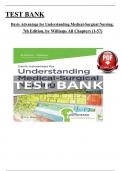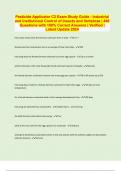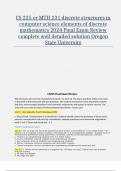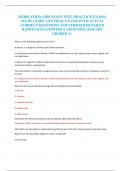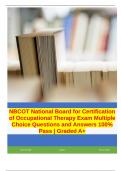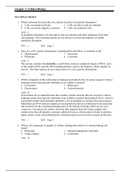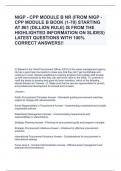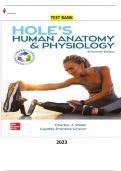Tentamen (uitwerkingen)
Test Bank - Davis Advantage for Understanding Medical-Surgical Nursing 7th Edition (Williams & Hopper), Chapter 1 - 57 > Download as Pdf File < UPDATED
- Vak
- Instelling
- Boek
******** INSTANT DOWNLOAD AS PDF FILE ******** Test Bank - Davis Advantage for Understanding Medical-Surgical Nursing 7th Edition (Williams & Hopper), Chapter 1 - 57 > Download as Pdf File < UPDATED 1. Davis Advantage Test Bank for Understanding Medical-Surgical Nursing 7th Edition PDF 2....
[Meer zien]
